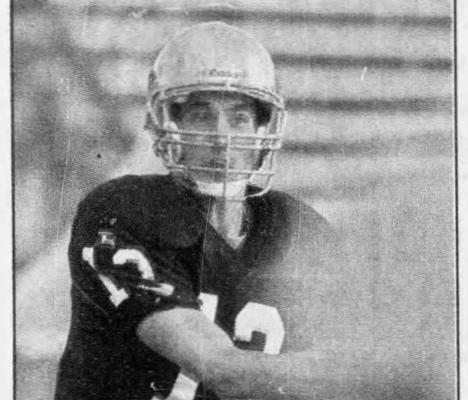•
Written By
Written By
•
•
•
Loading article...
Written By
Written By
Big Sky Conference expands with Southern Utah & Utah Tech, as Sacramento State exits in 2026-2027. A strategic move for growth, rivalries, and stability.
Written By
James Singleton
Founder, Editor, Transfer Portal Analyst
Written By
James Singleton
Founder, Editor, Transfer Portal Analyst

The Big Sky Conference responded swiftly to conference realignment last week. After Sacramento State announced its departure, the league welcomed Southern Utah University and Utah Tech University as full members beginning with the 2026-27 academic year.
Sacramento State will officially withdraw on June 30, 2026. The Hornets are joining the Big West Conference for most sports while pursuing FBS independence for football. The timing of this two-school expansion suggests the Big Sky anticipated this departure and had contingency plans ready. Adding two schools to replace one departure further supports that they saw this coming.
This expansion represents different opportunities for each university. Southern Utah returns to familiar territory after competing in the Big Sky from 2012-2022. In their first stint, the Thunderbirds captured nine conference championships and established themselves as a competitive force.
Utah Tech brings a different perspective as a newer Division I program. They completed their full transition to Division I last summer and join the conference while continuing to develop their athletic programs.
"The time is right for the Big Sky to bring in Utah Tech and to bring back Southern Utah," said Commissioner Tom Wistrcill. "The addition of these two universities, located squarely within our geographic footprint, will reinforce the long-term stability and success of our league."
The additions make sense from a location standpoint. Both schools are in southwestern Utah: Southern Utah is in Cedar City, and Utah Tech is in St. George. They're only 52 miles apart. Both schools are also fewer than 3 hours from Las Vegas, providing exposure for the conference’s powers in one of America’s fastest-growing sports markets.
This closeness creates natural rivalries and also keeps travel costs low for conference games. This move also renews in-state rivalries between Southern Utah, Utah Tech, and Weber State.
This expansion does more than just replace a leaving member; it shows the Big Sky's commitment to smart growth. They focus on geographic sense, good institutional fit, and competitive balance.
Sacramento State's push for FBS football triggered this change, but the Big Sky's response shows leadership that sees change as a chance to improve, not just fix problems.
College athletics continues to face big changes. The Big Sky's quick but careful approach to expansion could be a model for other conferences. It shows how leagues can stay stable while adapting to departures.
The 2026-27 school year will start a new chapter. The Big Sky will emerge stronger from what could have been seen as a loss.

